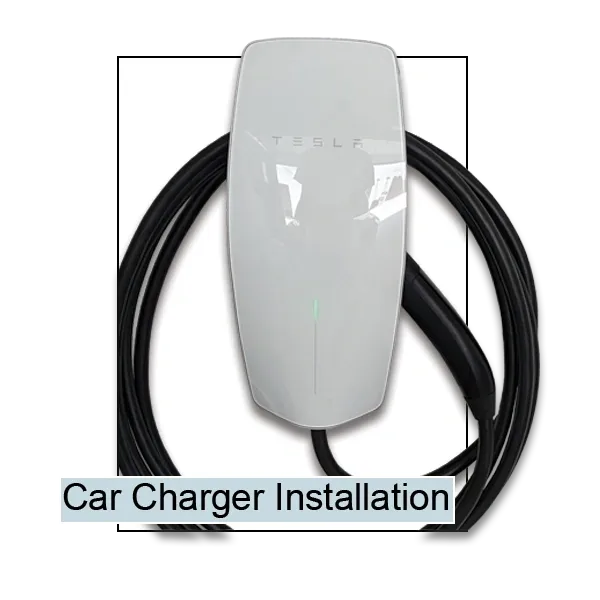EV Charging 101 Where do I start?
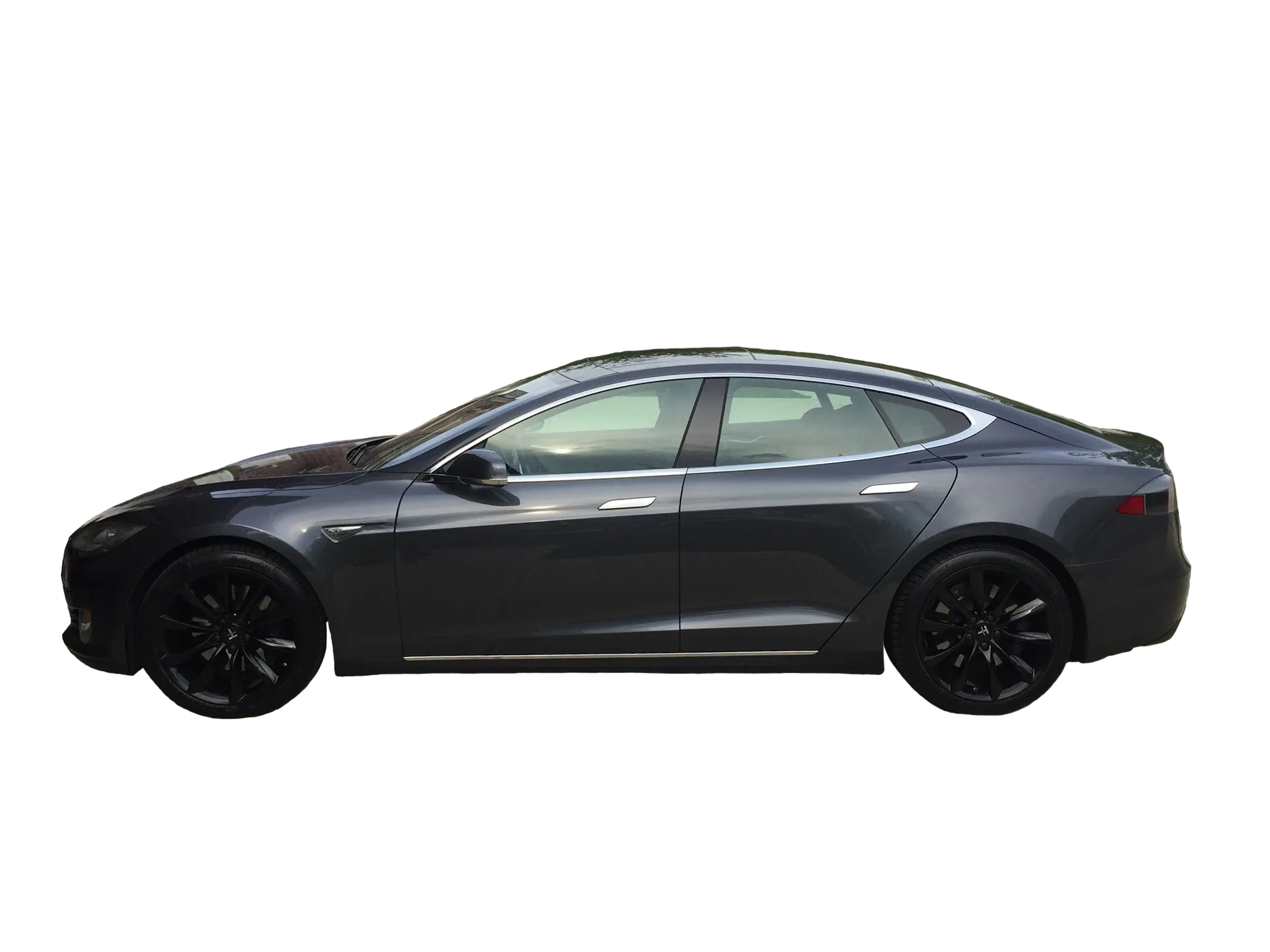
- Determine the type of charger you need: There are two types of home charging stations available: Level 1 and Level 2. Level 1 chargers plug into a standard 120V outlet and provide a slow charge, while Level 2 chargers require a 240V circuit and can charge your car much faster.
- Choose an installation location: The closer your charging station is to the charge port on the car, the easier it will be to plug the car in. Most cords on charging stations are 23-25′ long so it gives some placement options, especially if you are considering charging more than one car with a single charging station.
- Find a licensed electrician: You’ll need to hire a licensed electrician to install the charging station. They’ll be able to determine the best installation options for the charging station and install it safely and according to the National Electrical Code and local ordinances.
- Check for incentives: There are often incentives available for installing EV charging stations, such as tax credits or rebates. Check with your utility company or the local jurisdiction to see what incentives are available. Austin Energy currently has a rebate for their customers installing a Level 2 charging station. To find out if you’re eligible for the federal tax rebate you’ll want to speak to a tax professional to find out if you qualify.
- Enjoy your electric car: Once your charging station is installed, you’ll be able to enjoy the convenience of charging your electric car at home.
Overall, installing an EV charging station in the Austin area is a relatively straightforward process, but it’s important to work with a licensed electrician and follow all local regulations to ensure your safety and the safety of others.
- Battery electric vehicles (BEVs): These vehicles are powered solely by an electric motor and a battery pack. They do not have an internal combustion engine. They are charged by plugging them into an electric outlet or charging station. From an electrical standpoint, we install a 240-volt hardwired charging station for this type of EV. We generally look for an installation amperage between 30 and 60 amps, if possible, but many drivers could charge more often with a lower amperage charging circuit if needed.
- Plug-in hybrid electric vehicles (PHEVs): These vehicles have both an electric motor and an internal combustion engine, and can be charged by plugging them into an electric outlet or charging station. They can operate in either electric or hybrid mode, depending on the charge level of the battery and the driving conditions. Most plug-in hybrids can’t accept more than 30 amps on a 240-volt circuit, so using a standard household outlet (20 amp 120-volt) or a 240-volt 20 amp circuit will work for most drivers and vehicles.
- Hybrid electric vehicles (HEVs): These vehicles have both an electric motor and an internal combustion engine, but they cannot be charged by plugging them into an electric outlet. Instead, the electric motor is powered by a battery that is charged through regenerative braking and the internal combustion engine. Since these cars can’t be charged by plugging in there’s no need for an electrician.

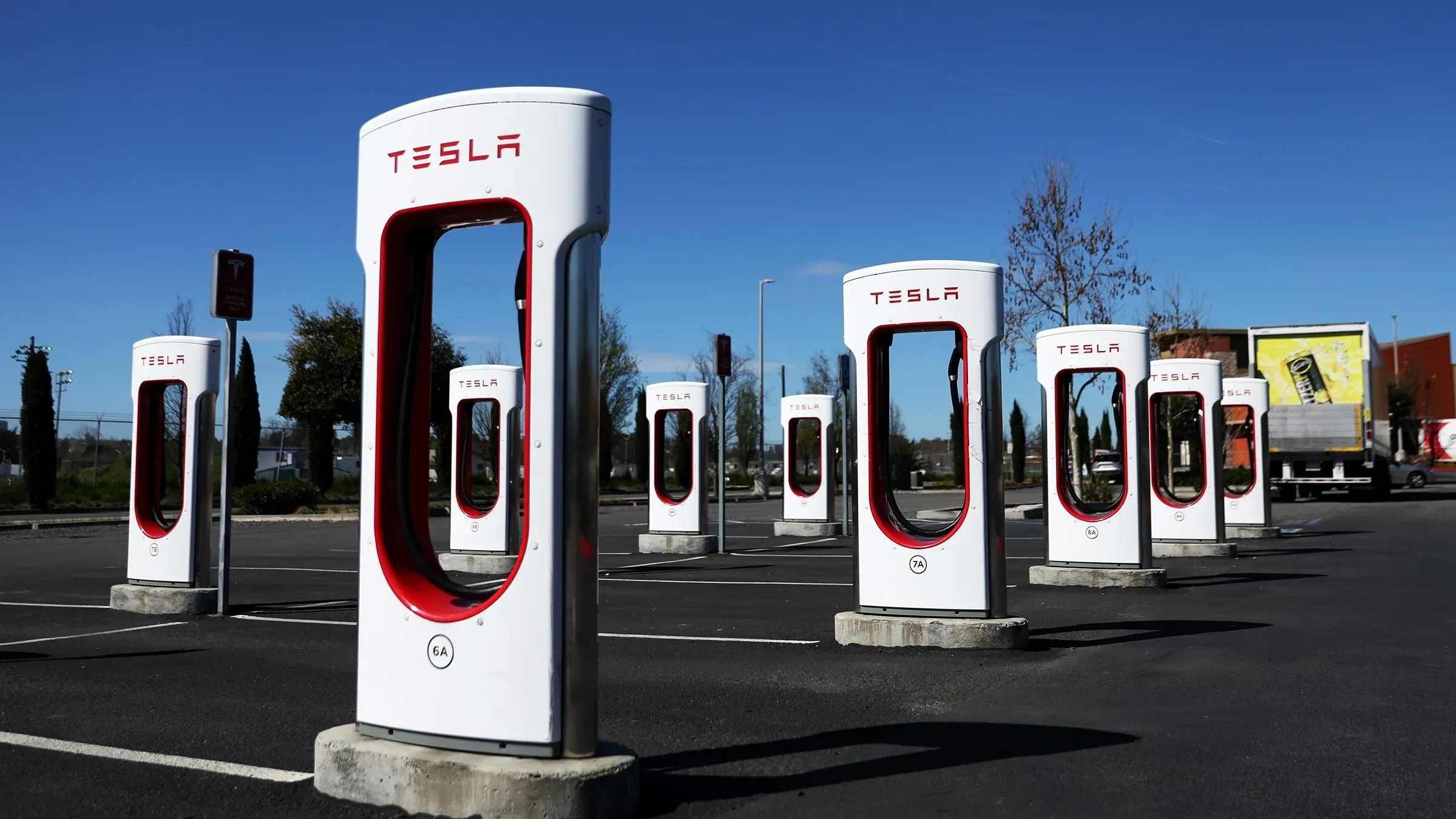
- Level 1 charging (120 volts) refers to charging that is done using a standard household outlet. This type of outlet is likely already installed in your garage or on the outside of your home so an electrician isn’t needed in most cases.
- Level 2 charging (240 volts) refers to charging that is done using a dedicated 240-volt circuit. This type of install should be done by a licensed electrician.
- Level 3 charging (commercial) refers to charging that is done using a high-power direct current (DC) connection. This is a commercial-type charging station.
- Hardwired Charging Station: This is a hardwired charging setup to be connected to a dedicated circuit. A dedicated circuit simply means that there is nothing else on the circuit which is required by code. This unit attaches to the wall and the power comes to the car via a cord. This is a permanent installation but the unit can be uninstalled by an electrician to take with you to the next house. The circuit can stay in place for the next homeowner. This is the only type of installation we will do.
- NEMA Receptacles (14-50, 6-50, etc): NEMA receptacles are what your 240 volt dryer would plug into. There are various amperages and configurations available. These will also need to be on a dedicated circuit. We can’t “share” a dryer circuit by adding another receptacle in the garage. This would allow you to overload that circuit by running both at the same time and would be against code.
This setup is not currently recommended for two reasons:
- These receptacles are required to be GFCI protected per the 2020 National Electric Code. The integrated GFCI protection in your charging station will cause the GFCI breaker to nuisance trip when the charging station runs it’s self test cycle.
- Standard household NEMA receptacles aren’t designed to handle the higher loads of charging stations for the length of time it takes to charge a vehicle. We’ve seen many of these receptacles melt and cause damage to the charging station’s cord that plugs into them.
The receptacle is not a consistent or long term solution and that is why we only install hardwired charging stations.
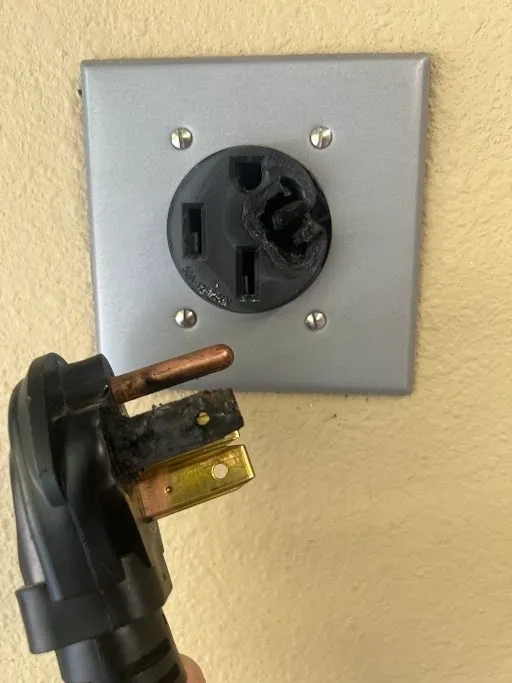
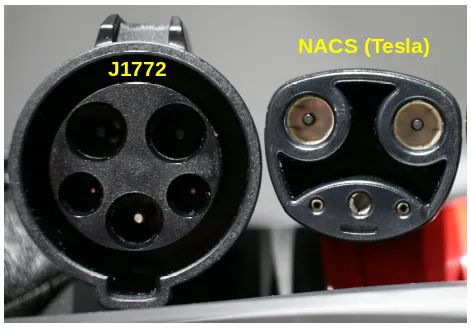
This will be the charging station’s cord end that plugs into the car.
- Tesla Cord End (NACS): All Teslas use this cord end to connect the charging station to the vehicle. There are talks that this will become the industry standard soon and Tesla’s supercharger network will be opened up to all vehicles.
- Universal Cord End (J1772): Every other vehicle that isn’t a Tesla uses this cord end.
There are adapters available to switch between the two cord ends so each type of charging station can charge any car.
When determining the location for an electric car charging station in your garage, there are a few things to consider:
- Proximity to your box: The charging station will need to be connected to your home’s breaker box. For most installations, especially on homes that are not newly constructed, there isn’t enough power available at the garage breaker box. Most installations will require a circuit to be ran from the main breaker box, typically found on the outside of the home next to the electric meter.
- Accessibility: The charging station should be easily accessible, both for you and anyone else who may need to use it. Consider factors such as the location of your car’s charging port, the length of the charging cable, and the way you plan to park. Some cars have a charging port at the front of the car near the front tire, many have a charging port where a gas tank cap is typically found.
- Let’s take accessibility into account for a Tesla. The charging port is on the back driver’s side of the car. If you typically pull into the garage the best location would be closer to the garage door. If you typically back in then the best location would be closer to the back of the garage.
- We do a lot of installations between garage doors so that a vehicle can be charged from either parking spot. Keep in mind that with the Tesla Wall Connector, the charging cord end stores in the right side of the unit when not in use. A charging station like the ChargePoint Flex keeps the cord end on the front of the unit so installation could be completed in a tighter space.
- Safety: Make sure the charging station is installed in a safe location, away from any potential hazards such as flammable materials, water sources, or areas where it could be easily damaged.
- Space: Consider the amount of space you have available in your garage. You’ll need to ensure that the charging station won’t take up too much space or obstruct your ability to park your car. This isn’t typically a problem for most homes in the Austin area but it’s definitely something to keep in mind.
Installing a charging station inside the garage near the garage door is probably the most common installation we do but you’ll need to decide if the left or the right side of the garage works best for your needs.
No garage? No problem. Most reputable charging stations that we have come across so far are UL listed to be installed outside safely.
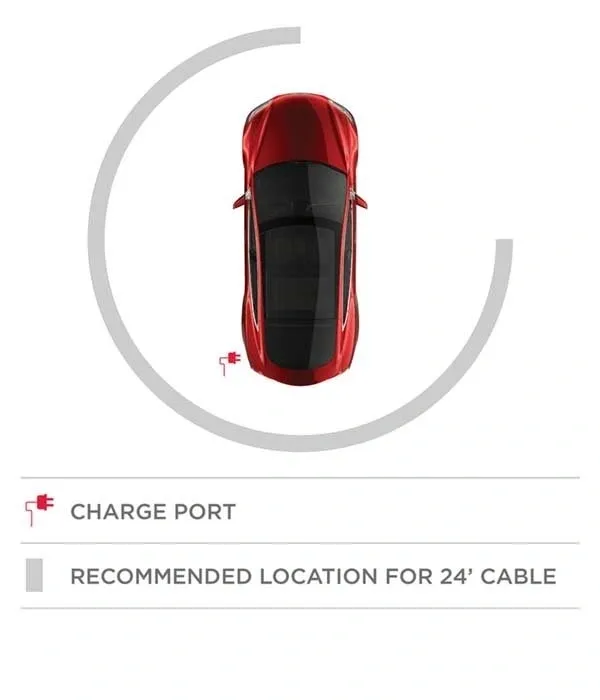

- Load Calculation: This is a math equation that we use to determine how much power (amperage) is available based on what circuits you already have in the house and what size your main breaker is.
- How far is the circuit run? The closer we are to the breaker box, the less expensive the installation will be. In some situations, we have to come from the outside breaker box. This could be on the opposite side of a two-story home and will require a long run. Other situations will have the main breaker box right outside the garage and a simple back-to-back installation can be used here.
- Is there enough breaker space left? Can we physically fit another breaker in the breaker box we are using? Some boxes have covers that make it appear like there are extra breaker spaces, but there are actually not any. Manufacturers will use the same size boxes and covers for different amounts of circuits to save cost.
- Do we need a permit? If you are inside city limits, a permit will be required for this installation. Some parts of town, like Steiner Ranch, are in an ETJ and permits for car chargers won’t be issued.
Once we have the photos and information from our quote form, we’ll be able to get you an accurate price on what it will take to get a car charger installed at your home.
Please fill out our car charger quote form.
It’s relatively painless and should only take 5-10 minutes.
We ask for five photos of your home and breaker boxes, but you can add as many photos or even videos to the form up to a total of 100 MB.
If you have already created a Google Drive, Dropbox, etc. folder, you can add the link to that at the end of our form in the message box.
These installations can range from $500-$3000 based on the factors above. If you need more power at your house, a service upgrade would add to this cost.
